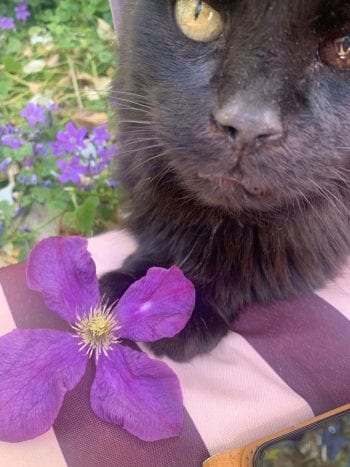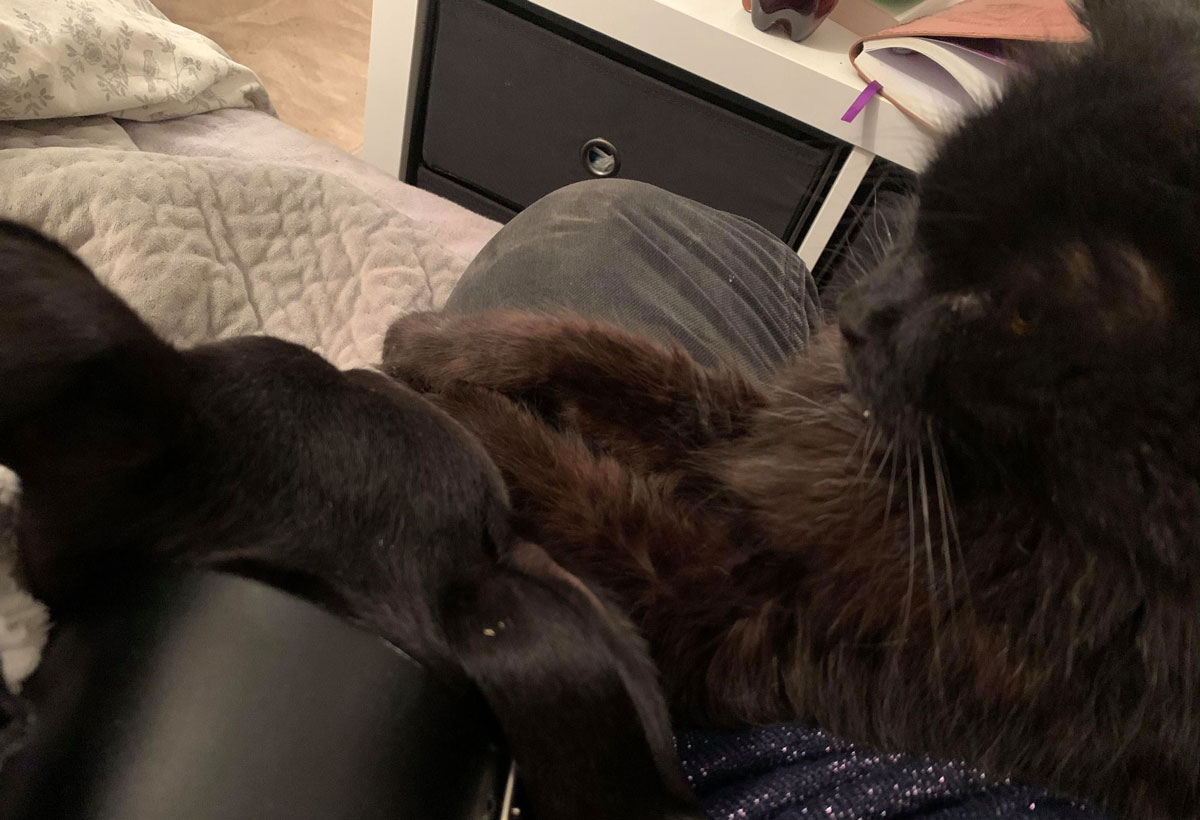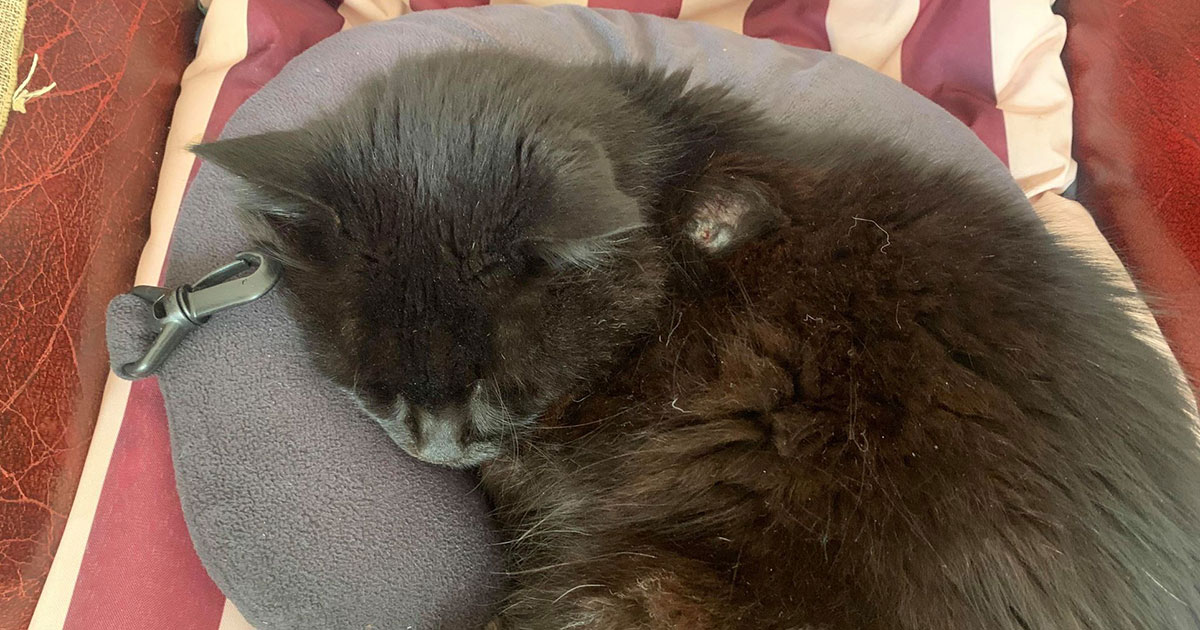As part of considering our professional identities as vets and vet nurses, I’m often struck with the notion that diagnosing and giving a name to something is a very important part of the patient journey.
Reading back through the archives and being able to match descriptions of symptoms that are well-known diseases today is fascinating. It makes me consider the role of being able to name a disease and then prescribe treatment in the process of professionalisation of the veterinary surgeon. After all, are you a clinician if you cannot name a disease?
With this in mind, I would like to introduce to you the mass on Edward’s left scapula that I named “Albert”.
Sinister identity
When Edward arrived he had an open and ulcerated cyst in this area. This healed and remained cyst-like until the beginning of December, at which point it began to grow and take on a sinister identity. I could chart the progress of this mass daily and it was no longer a cyst; the hard, hot mass was clearly something unpleasant.
So why did I name it Albert?
 There are a number of reasons for this naming. Edward had a heart murmur that I could feel when stroking him, so he was not a candidate for anaesthesia for removal of this mass – and I had known this since I got him.
There are a number of reasons for this naming. Edward had a heart murmur that I could feel when stroking him, so he was not a candidate for anaesthesia for removal of this mass – and I had known this since I got him.
A mass by any other name
While I know some people would want a diagnosis of exactly what the mass is, it didn’t actually make any difference to Edward at all. He didn’t know if the mass was called something nasty or if it was called Albert, but it must have been starting to feel a bit uncomfortable. However, I couldn’t remove or debunk it, so Albert had to stay.
Some owners may have a desire to know what this mass is, but I saw it as an unnecessary trip to the vet and an unnecessary diagnostic procedure as it would make no difference to how I cared for Edward.
In discussing this with a friend, they were very keen that I should find out what this mass was and this is where the name Albert arrived.
As I explained, with how I was assessing Edward’s quality-of-life with his daily activities there was no need for me to know what cells were duplicating under his skin. They would not change how I was monitoring his well-being, so I rather flippantly said: “I may as well call the mass Albert and say that Edward has three months to live”.
Saying goodbye
Identifying the disease is very important if there is something you would change in your approach to caring for the animal. If you cannot change the approach to care, its name is not going to change anything.
I realise, as an owner, I’m in a very luxurious position; feeling able to make those decisions – and they are not decisions I made lightly.
My process of monitoring Edward worked just as well without a name, and, sadly, I had to say to goodbye to him and Albert between Christmas and New Year.
He spent his last day padding on my knee and doing his little old cat screams at me if I moved, and alternating between grooming Joey’s ears and smacking him on the head. A truly great way to go; with or without a diagnosis.


Leave a Reply